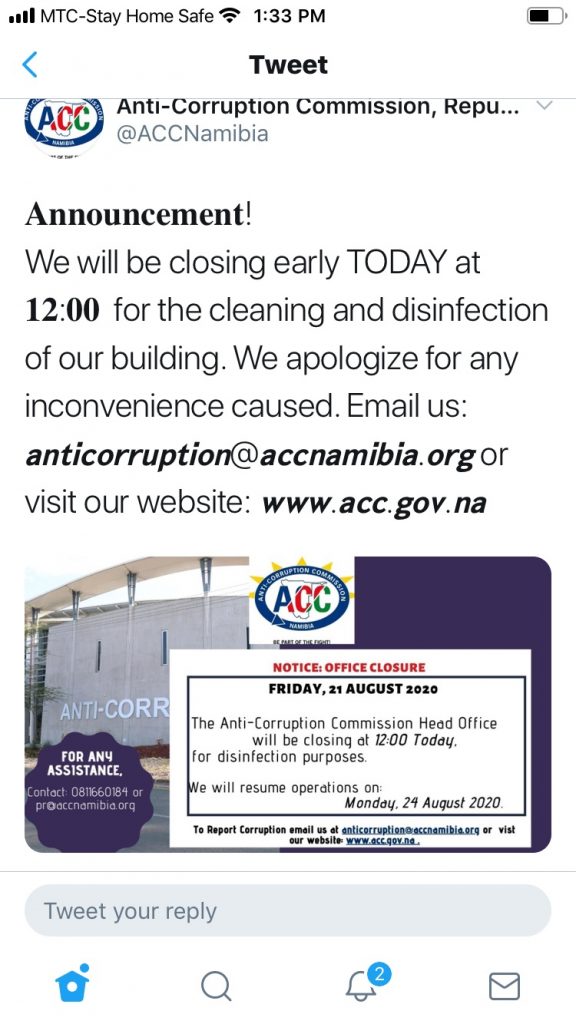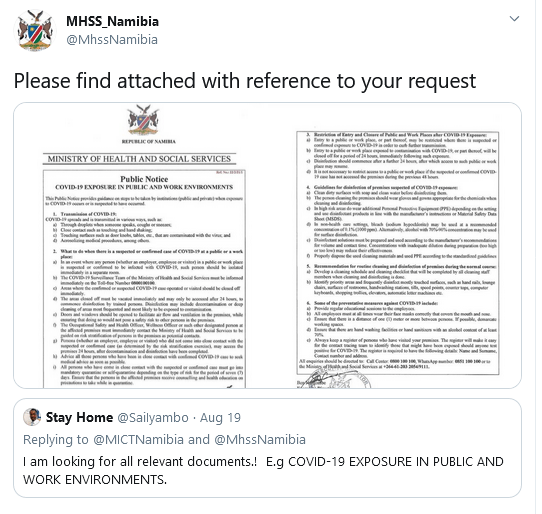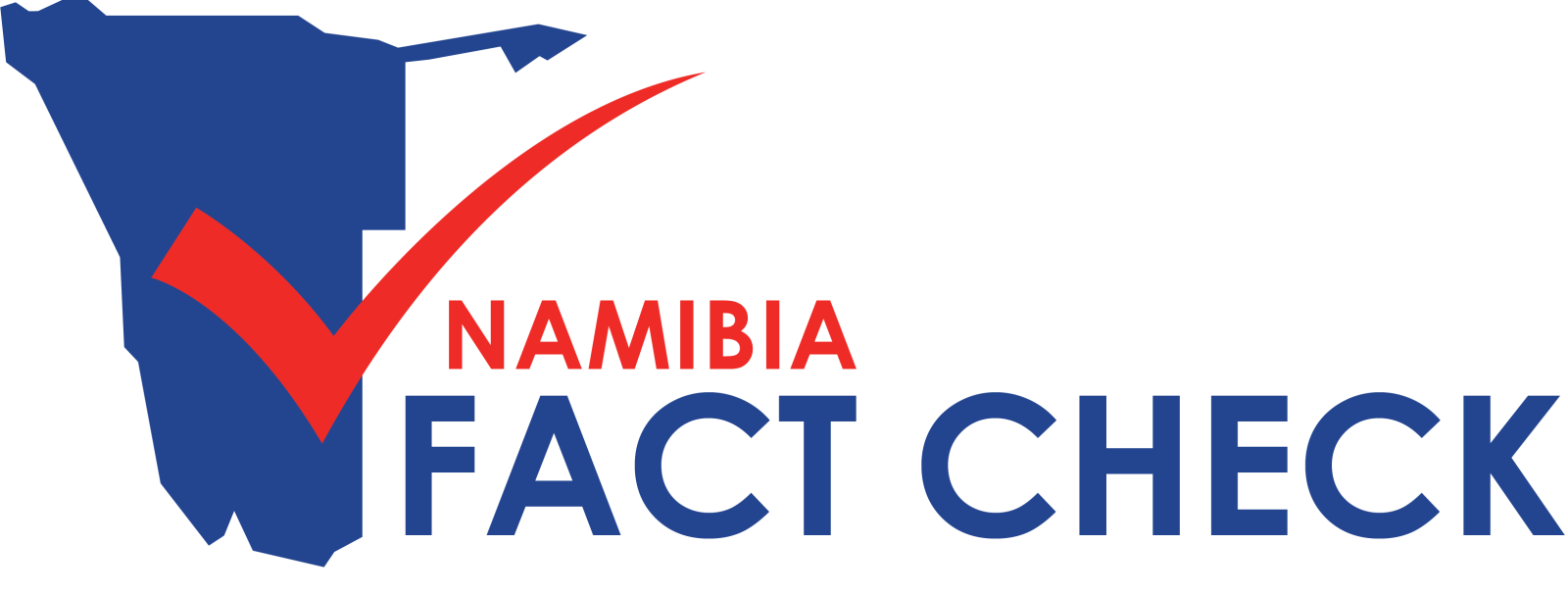Photo by Benjamin Child on Unsplash
With so many workplaces being shut so disinfection can happen, guidance from health authorities doesn’t appear to be readily available to many.
As COVID-19 infections have risen across Namibia through July and August 2020, the virus has also entered many workplaces and offices.
Over the course of mid-August 2020 a number of entities or businesses have indicated online that they would be closing their offices or premises for a few days for disinfection to be done.

Namibia Fact Check has also come across instances on social media of office workers or business people requesting guidance on how to go about disinfecting their work premises. And on 19 August 2020 the Ministry of Health and Social Services (MHSS) responded to one such request with the following public notice:

The public notice in the above tweet was posted on the Twitter feed of the MHSS on 19 August 2020, with the ministry further stating that the information could also be found on its website. However, Namibia Fact Check scoured the MHSS website and was unable to locate the public notice, and neither was it available on the ministry’s Facebook page on the day, or on 20 August 2020.
Why disinfect?
The SARS-CoV-2 virus has been found to linger on surfaces, such as door knobs or furniture, so the possibility, even though slight, does exist that someone could contract the virus from an office surface (fomite transmission).
In a COVID-19 transmission brief published online on 9 July 2020, the World Health Organisation (WHO) states on the subject of fomite transmission:
“Despite consistent evidence as to SARS-CoV-2 contamination of surfaces and the survival of the virus on certain surfaces, there are no specific reports which have directly demonstrated fomite transmission. People who come into contact with potentially infectious surfaces often also have close contact with the infectious person, making the distinction between respiratory droplet and fomite transmission difficult to discern.
“However, fomite transmission is considered a likely mode of transmission for SARS-CoV-2, given consistent findings about environmental contamination in the vicinity of infected cases and the fact that other coronaviruses and respiratory viruses can transmit this way.”
– WHO
With regard to workplace disinfection, the WHO provided guidance on 3 March 2020 and again extensively on 10 May 2020. The MHSS guidance was derived from the WHO guidance on workplace hygiene and disinfection.

